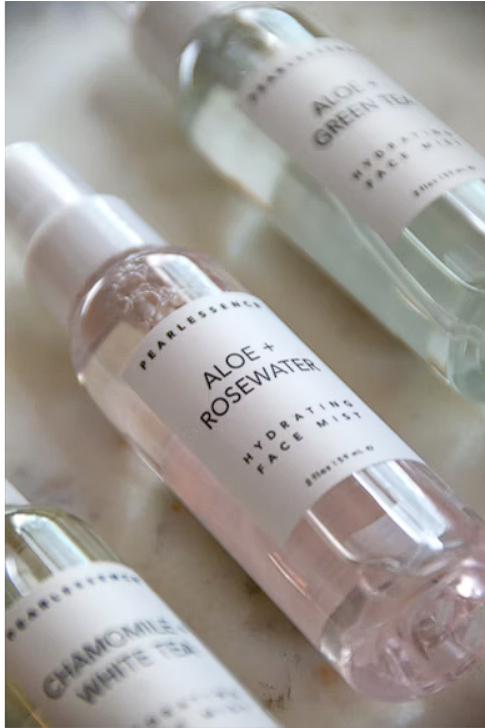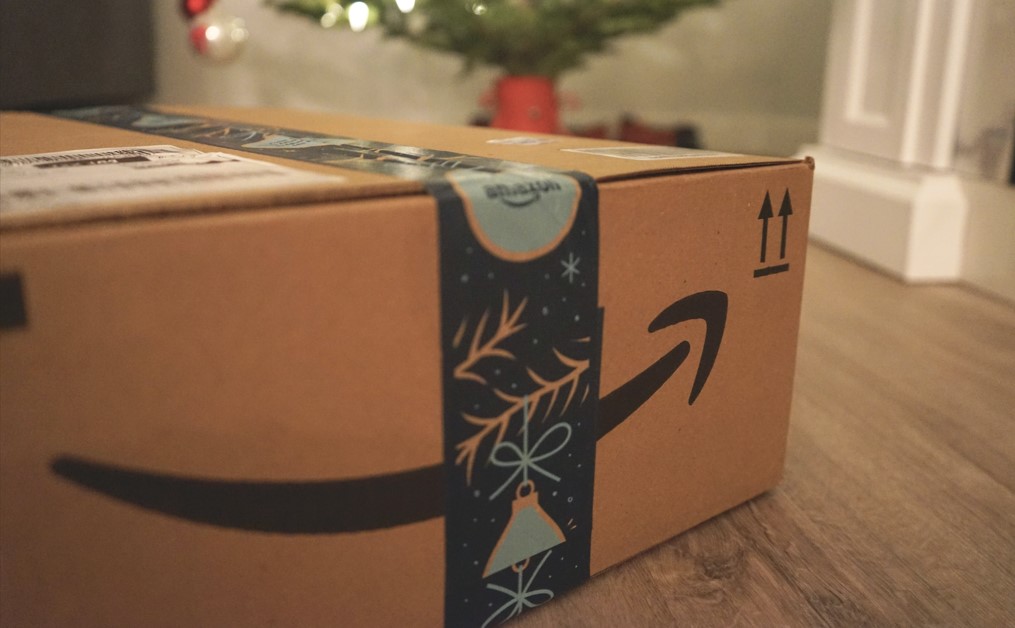
If you’re an Amazon seller looking to diversify your product offerings and achieve higher profit margins, you may want to consider selling private label products. This method involves branding and selling products produced by third-party manufacturers and suppliers as your own.
Selling private label products on Amazon is a favorite among seasoned Amazon sellers and can be can be a profitable and rewarding way to grow your business. This article will review the advantages and challenges of Amazon private label selling and walk through the steps sellers can take to get started.
Table of Contents
What is Amazon Private Label?
Amazon private label is an approach to selling ecommerce where sellers purchase existing products from a manufacturer or supplier, then label, market, and sell those products under their own brand.
By selling private label, you don’t need to develop or produce your own products. You’re able to purchase products straight from the source at the lowest price and have complete control over branding, Amazon listing content, and pricing.
Should You Sell Amazon Private Label Products? Advantages & Disadvantages
With more and more people selling ecommerce, private labeling has become a popular option for entrepreneurs trying to break into the market. Rising competition among brands selling the same product can introduce barriers to success, but with the right strategy and execution, you can grow a profitable business selling private label.
Whether or not it’s a good option for you depends on several factors, so let’s look at some of the pros and cons of selling private label on Amazon.
Pros
As an online seller, there are many advantages to selling private-label products on Amazon. You get to sell high-quality products that you know customers want, with nearly total control over where and how they’re sold.
Here are some other advantages:
- Customization: By using a customer review analysis tool, you can learn what customers dislike about a product. Then using this insight, you can work with a manufacturer to make improvements that better satisfy customers’ wants and needs.
- Extra Exposure: Amazon prioritizes private-label products, so your brand will get increased exposure to customers shopping on the platform.
- Brand Credibility: You can capitalize on high-demand products and boost your brand’s reputation by selling them as your own.
- Creative Control Over Listing Content: With private labeling, other brands are likely selling the exact same product. But you have the opportunity to set yourself apart by creating SEO optimized product listings that are guaranteed to garner more attention than your competitors.
Cons
Now let’s weigh some challenges to private labeling:
- Partnership Issues: It takes time to find and build relationships with reputable manufacturers and suppliers. You also run the risk of working with scammers posing as legitimate vendors.
- Big Investment: The initial investment for private labeling can be costly. It requires substantial money to purchase items in bulk and have them labeled and shipped. Further, you will have expenses for insurance, taxes, and seller fees. While selling private label is profitable, it may take a while to see a return on your investment.
- Waiting Period: For private labeling businesses, ordering inventory items from manufacturers overseas or across multiple continents means that there will be a waiting period before you can list your products online.
How to Start an Amazon Private Label Business

1. Pick a Top-Selling Amazon Product
To identify the right white-label products to add to your catalog, it’s essential to do thorough product research. You’ll need to look for high-demand, low-competition products — meaning products that have a proven track record of sales but don’t have an exorbitant amount of sellers offering them.
When deciding which products would be best to white label, look for a product that you believe in and that you think has the potential to become a top seller. You can choose a product related to the types of activities, services, and categories you’re interested in, but you should ultimately base your decision on sales data. Keep in mind, it’s best to choose small or lightweight products that are easy to store and ship.
2. Choose the Right Supplier or Manufacturer
Once you’ve selected your product, you need to create a budget and find a manufacturer. Your budget should consider labor and material costs, as well as currency appreciation if sourcing from overseas.
Then you can reach out to several manufacturers to see who can produce quality products at a price point that aligns with your budget. Speaking to them over the phone and visiting their facilities (if you can) will help you gauge if they’re a reliable partner. Once you feel confident in the manufacturer you select, you can negotiate the terms of your agreement.
3. Develop Your Private Label Brand and Product Design
Branding is one of the most important factors in selling private label products on Amazon. You need to create a brand image with design and messaging that speaks to your target audience and is consistently represented in your logo, listing content, packaging, and more.
Developing a brand with a unique value offer will set you apart from your competitors, promote brand awareness, and get consumers engaged. It’s wise to work with an Amazon marketing agency or designer to help with branding if this isn’t your area of expertise.
4. Test Product Samples for Quality Assurance
Once you have finalized the design and messaging for your brand, it is important to get samples from your supplier to see if the quality meets your expectations. You can also show prototypes and packaging to potential consumers so that you can get good feedback before placing a bulk order.
5. Determine Pricing
Before you make your first sale, you need to set a price based on your competition and demand for your product. Doing so will help keep your listing competitive without hurting your profit margins.
AI tools are available to help you perform competitor analyses and see how consumers respond to the price of other listings selling the same product. This will also provide good information for when you create your own product listing.
6. Decide Your Amazon Fulfillment Strategy
You have a few options for fulfilling orders, including self-fulfillment, finding a third-party service to package and ship your product, or becoming an Amazon FBA seller.
FBA (Fulfillment by Amazon) is typically the most efficient and reliable option. Amazon will store, pick, pack, and deliver all your orders from their fulfillment centers. Plus, they will handle your returns, refunds, and customer service inquiries. This program manages nearly all aspects of order fulfillment, leaving you with more time to focus on growing your Amazon business.
7. Create a Listing Optimized for Amazon
Creating product listings with titles, descriptions, and images that clearly communicate what customers can expect from your product is trickier than it sounds.
Competition on Amazon is fierce, so optimizing your listing content for Amazon SEO is a necessity if you want the right customers to find (and buy) your product.
If you don’t know where to start, Sellesta.ai offers keyword research, content generation, and competitor analysis tools to help you create listings that drive sales.
Amazon Private Label FAQs

Is Amazon Private Label Profitable?
Selling private label products on Amazon can be highly profitable if the right strategy and approach are taken. However, it is important to remember that it takes time and effort to select the perfect product, locate the best manufacturer, and craft the product listing.
What Is Amazon Private Label vs Wholesale?
Wholesaling involves purchasing and reselling products from existing brands as opposed to buying and selling products under your own private label.
Creating a private label requires more effort, but gives sellers bigger profit margins because buying straight from the manufacturer reduces costs by cutting out the middleman.
Sell More Amazon Private Label Products
Launching a private label business on Amazon can be a lengthy process. But with the right strategy and partnerships, you can earn a substantial stream of income selling high-quality products under your own brand.
Whether you’re an experienced seller or just getting started, Sellesta.ai can help you reach your goals. All on one platform, Sellesta offers AI-powered tools that make it easy to forecast sales, optimize product listing prices, manage inventory, track competitors, and gain valuable market insights.


